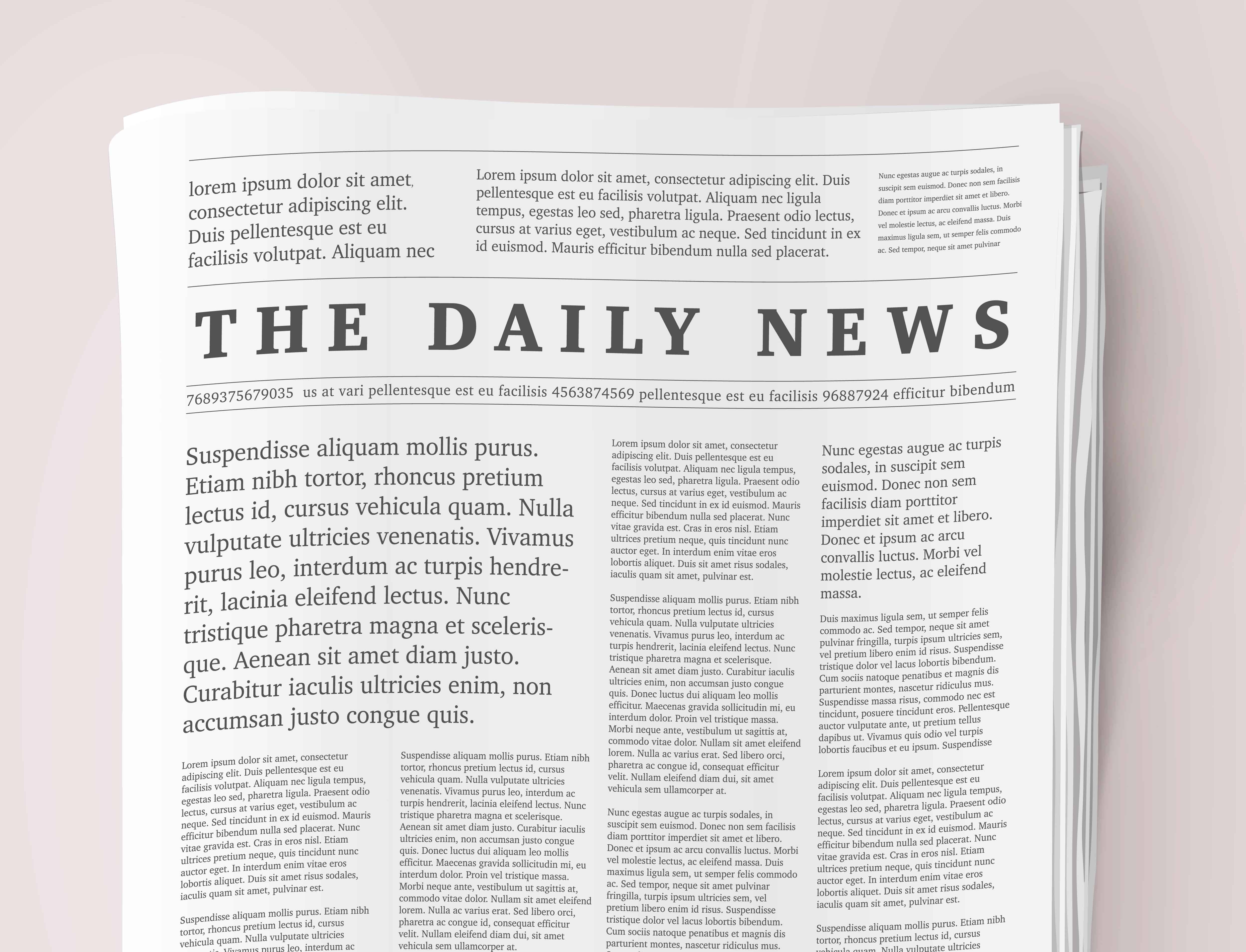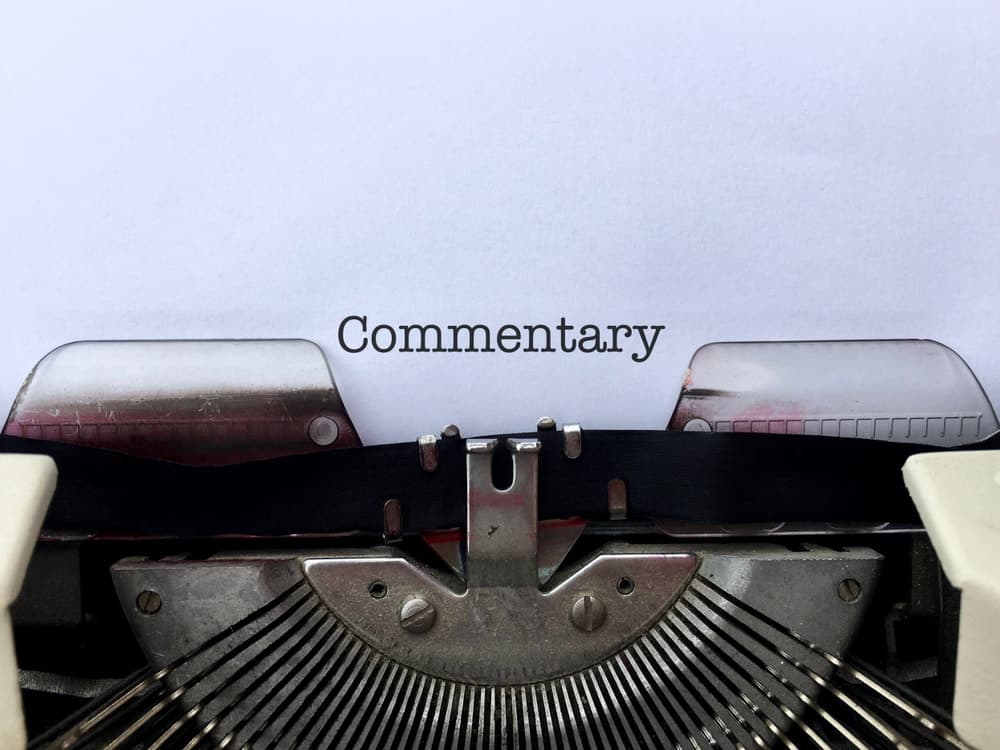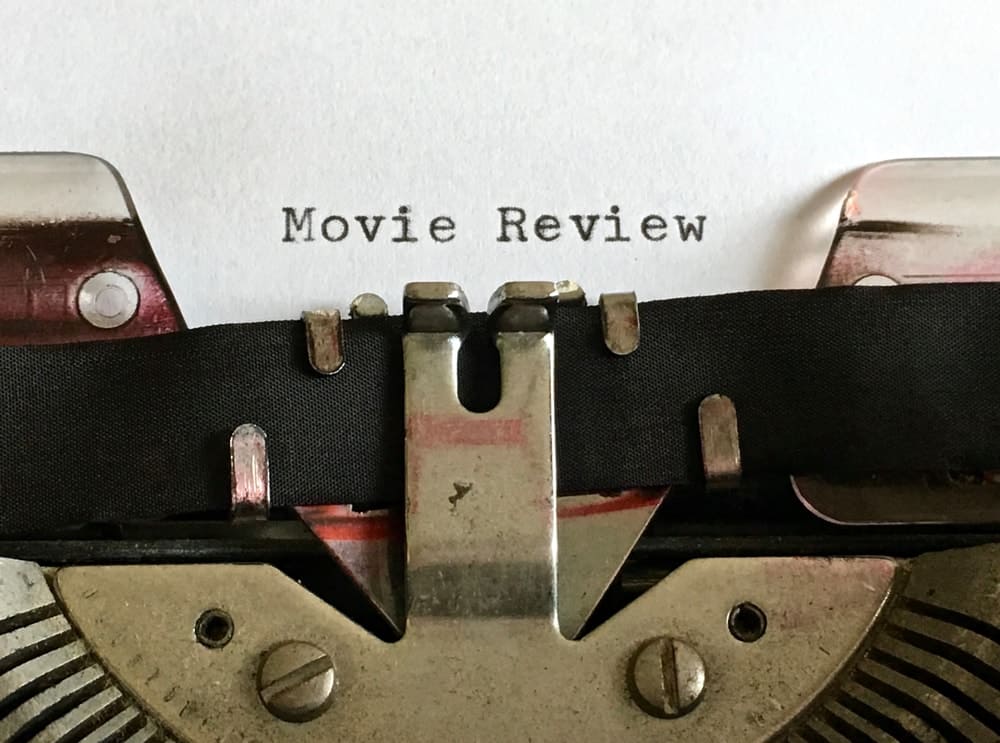If you’re an intelligent reader or simply run a content marketing site and want to attract intelligent readers, knowing about the different types of articles will be worthwhile. The world is a fodder for an infinite source of topics and so the sky literally is the limit when it comes to finding new sources to read either for information or entertainment.
Read on for more ideas about the different types of articles and how to differentiate a long article from a short article.
Basic Types of Articles
Book Review Articles

Published mostly in academic journals, book reviews provide expert and professional opinions and insights on scholarly books that have recently been published. These are short articles that are not very time consuming to read. One of the main advantages to a writer participating in book review articles is that it allows the author to stay up to date on the newest and most popular books, and of course, the experience gleaned can be added to the writer’s resume and list of experiences.
Clinical Case Studies

These articles describe, in detail, real patient cases from either a clinical or medical practice. Each of the cases presented are cases that significantly contribute to any existing knowledge in that particular field. Most of these studies discuss the symptoms, diagnosis, signs, and of course, treatment of a specific disease, and they are considered primary literature. Clinical case studies have word counts that are very close to the original article, and because they deal with so much technical and industry-specific information, they are not meant for beginning writers.
Clinical Trial Articles

These articles, like clinical case studies, are specifically related to the field of medicine. They describe the implementation, results, and methodology of controlled clinical studies, most of which are conducted on large groups of patients. Clinical trial articles are very long; in fact, their length is usually roughly the same as the original research article. To write clinical trial articles, the writer has to offer expert reliability, high standards of ethics, and a lot of practical work experience, as the articles are usually not written by beginning writers.
Columns

A column highlights the personality of the author, which allows that author to write about subjects using a unique, one-of-a-kind style. Most columnists use one of several approaches to personalize their columns, including humor or expertise in a certain topic or subject area. It is a necessity for column writers to develop their own style so that it eventually becomes recognizable by the readership.
Columnists write about their own personal thoughts or experiences, and they can even interpret various issues or events if they wish. With each column, the writers’ style comes through so that it is always a little different than the next columnist. Most columns are published once a week, and they are long enough for the writers to go into detail with whatever they are writing about.
Commentary/Perspective/Opinion Articles

These articles fall in the same category because they have a lot in common with one another, but they do differ slightly in the following respects:
Commentaries are usually short articles that consist of 1,000 to 1,500 words, and they draw attention to, or critique a book, report, or article that is already published. Commentaries explain why the article or book interested the writer and why it might be attention grabbing for the reader as well.
Perspective articles are scholarly reviews that are written about prevalent ideas or fundamental concepts in a specific field of interest. Usually written in essay form, perspective articles consist of a personal point of view that critiques popular notions about a particular field. They can be reviews of a few concepts related to one another or even a single concept. Considered secondary literature, perspective pieces are usually very short, consisting of approximately 2,000 words.
Opinion articles are just as they sound – they consist only of the author’s viewpoint on a particular study’s interpretation, methods, or analysis. The author can comment on the strengths and weaknesses of a certain hypothesis or theory, and the articles are usually both backed by sound evidence and based on constructive criticism. Opinion articles are great for promoting the discussion of the most recent issues relating to science, and they, too, are relatively short in length.
Essays

These are some of the shortest articles written, from short to medium in length, and they describe an opinion or personal experience of the author. Most essay writers concentrate on presenting their specific views on a topic and center the essay on just one specific subject.
Feature Writing Articles
Feature articles are in-depth articles that go into great detail about events, topics, trends, or even people. Their goal is to thoroughly explore the topic with interviews and the use of experts or with even the main people involved. They also aim to show a previously unseen perspective on the topic. The main goal of feature articles is to provide enough detail so that the readers or viewers are familiar with every aspect of the story, and it is this type of article that usually wins the most prestigious journalism awards. They also have the highest word count as compared to all of the other types of articles.
Freelance Writing Articles

A freelance writer is a writer who doesn’t work for a particular company or publication but instead hires out his or her services to various organizations which can be physically located almost anywhere. Most freelance writers are professional writers who take on different jobs for a short time, although they work for themselves and are not considered the permanent employee of any one company.
Freelance writers accept their pay from whoever needs the article written, and even though the writing can be technical or creative, the assignment is always a short-term commitment for the writer. Technical articles are usually specifically asked for by the company doing the hiring, while creative articles are usually written first by the freelancer then later sold to various publications. Freelance articles can include:
- Articles for newspapers or other publications
- Blogs
- Book reviews
- Grant writing for nonprofit organizations
- Interviews to be published in magazines
- Program proposals
- Training manuals
- Translation of an article from one language to another
More information on freelance writers and what it takes to be one can be found here.
How-To Articles
How-to articles are very specific and describe in great detail steps or tips to help the reader do something specific. If you’ve ever read through a recipe, you’ve experienced a great how-to article. Most how-to articles include solutions to problems or answers to certain questions, and they can include everything from showing you how to reload a grocery store price gun to how to connect a game system to your television set. If it describes specifically how to do something and contains numbers or bullet points, it is likely a how-to article.
Investigative Articles

Considered one of the most exciting types of writing to many people, investigative journalism consists of jobs that aim to uncover the truth about a specific person, event, or subject. It is based on the principle that the final results should be well verified and extremely accurate, not to mention filled with facts only. This can be difficult when you are an investigative journalist because many of the people you are working with are naturally going to be uncooperative or even hostile to the work you’re trying to do.
It can be difficult to get the information you need to get the right results, but it can break a certain situation wide open if you’re successful in the end. One of the most important investigative journalism pieces ever written is the uncovering of the Watergate scandal by investigative reporters Bob Woodward and Carl Bernstein. Investigative journalism can cause an uproar in the public but making sure their readers and viewers know what is really going on is something all investigative journalists strive for when doing their work.
Letters to the Editor
These are actual letters written by the readers of a certain publication and therefore, their topics can include almost anything. Most newspapers consider these letters very important because they give the editors a great idea of how their readers feel about certain topics.
Most editors try to obtain a balance when choosing which letters to print, although some smaller newspapers print every letter they receive. Even people unfamiliar with various writing styles can write a simple letter to the editor, and most editors and professional writers feel that for every letter they receive that expresses a certain opinion, there are dozens or even hundreds more people who feel the same way.
Lifestyle Articles

Although the topics can vary greatly, lifestyle articles focus on issues related to one’s lifestyle. This can include everything from recreation to health and relationships to real-life interviews, and they can even include statistics if you like. Examples include describing some of the most popular restaurants in town, local options for private schools, how to use the new walking path that was just installed in your city, and dozens of other topics. With lifestyle articles, the more personalized and local the information, the better the chance that it will be read by a lot of people.
News Articles

If you watch the news every day, you’ll notice that this form of writing is very fact filled and straightforward. News articles have to be written without bias or personal interpretations by the reporters themselves. A news story is not a feature story, because it is short, to the point, and consists only of a headline and enough of an explanation to pique the readers’ or viewers’ interest.
It provides just enough information so that the reader or viewer learns what happened from the storyline and nothing else. News articles are there to relay events, basic information, and facts in an accurate, unbiased, and straightforward way. They are not there to go into a lot of detail on the story, but only to provide the basics so that the reader or viewer gets enough information to know what is going on and nothing else.
Op-Ed Articles
Short for opposite the editorial, op-ed articles are merely an opinion by the writer. Found mostly in newspapers, op-ed articles are so named because they are published on the page which is opposite an editorial. Most often, they are published by the local newspaper of the author, and they can include opinions on everything from small-town issues to major national or international stories.
As a general rule, op-ed articles offer an alternate opinion from the other editorials, and they are almost always written by someone who is an expert in that industry. Op-eds educate people about a specific issue and go into more detail than what major media outlets are offering. In other words, op-ed articles present another view from the ones already expressed in a certain publication, and they are attempts to give the publication a little more balance in the end.
Op-ed articles can help build up the image of the publication that printed them, and they can be about any type of social or political issue that is currently on everyone’s mind. They are written by experts and not writers with no knowledge of the subject area, and the specific publication will dictate the style and word count necessary to be published, although most tend to be roughly 600 words in length. In addition, op-ed articles are usually written by freelance writers and not writers hired by the publication.
Original Research Articles
Original research articles are very detailed studies that report the original research. Considered primary literature, original research articles include the background study, methods, hypothesis, results, and the interpretation of the findings, as well as a discussion of the possible implications. These articles are quite long and require an extensive investment of time. They are usually from 3,000 to 6,000 words, although for some journals the word count can be as high as 12,000.
Personality Profile Articles
If you’ve ever read an article in People magazine, you’ve read a personality profile article. These articles revolve around that interviewee’s life accomplishments and are based on an interview with that person. The articles are in-depth and look at the person’s entire life, starting at the beginning. They almost always include quirks, faults, significant events, strengths, character, and of course, their accomplishments. Personality profiles are informative but casual, and they are always a very interesting read.
Question-and-Answer Articles

These are articles based on an interview. The difference between this and other types of articles is that a question-and-answer article does not analyze a story or build a story around the answers from the interviewee. The interviewer asks questions, then writes down the answers that are received, so it isn’t an opinion piece, but instead centers on facts. Question-and-answer articles have introductory or lead paragraphs, but the bulk of the article consists of the questions and answers discussed at the interview.
Review Articles

Reviews are part fact based and part opinion and they are there to review certain subjects. If you’ve ever read a movie or book review, you know what a review article does. Review articles work hard to accomplish two things: first, they accurately and thoroughly identify and describe the subject that is being reviewed; and second, they use experience and research to provide an informed and intelligent opinion of that subject. Review articles are not simply spewing out an opinion of what you like or dislike about the item being reviewed. They are well thought out and concise, and always utilize a certain amount of research so that the review is thoughtful and comprehensive, giving the reader or viewer an accurate representation of the subject that was reviewed.
Review articles present a constructive and critical analysis of existing literature, accomplished through analysis, comparison, and summary. They can identify specific problems or gaps and can even provide recommendations for research in the future. Considered secondary literature, the articles usually present no new data, and they consist of three main types: systematic reviews, which are usually under 10,000 words long; meta-analyses, and literature reviews, both of which can range anywhere from 8,000 to 40,000 words. However, each publication has its own requirements for word counts, so the writer should always consult with the publication itself before beginning the article.
Shorts
Like the name suggests, shorts are no more than 500 words long and usually focus on a specific publication’s target market. If the magazine you’re writing for has a health-and-fitness section, for example, you may be in charge of writing a short article on a topic that applies to this section. Shorts can center on any topic, but the topic is dictated by the type of publication you’re writing for, and they can be as short as 150 words or as long as 500 words.
Sponsored Content Articles
Sponsored content articles are, in essence, a type of advertising. They look and read like regular editorials, but they are paid for by a specific advertiser and therefore, their intent is to promote the product or service of the advertiser. For instance, a car dealership may buy a one-page editorial that describes various aspects of road travel. Naturally, the advertiser is always mentioned somewhere in the article, because this is the main point of the article. Also known as “native advertising,” sponsored content articles are usually written by on-staff writers instead of freelancers because these writers tend to be more familiar with the publication’s advertisers.
Trend Articles
Trend articles showcase a movement that either decreases or increases over time. Examples include housing prices, couples that get divorced, the number of people playing a certain video game, or even the number of people buying the latest cars or sunglasses. Trends go up and down, and articles based on trends highlight that up-and-down movement during any given period of time.
The Difference Between Basic Types of Articles
Long Articles
Long articles usually range from 700 to 3,000 words in length, and the writing style is similar to that for books. Long articles can handle more complex subject areas and are meant for people at the eighth- or tenth-grade reading level. If you know your subject matter well, long articles are best because you are able to present a lot of information on that particular subject area. Because of today’s high exposure to technology and lower levels of literacy among the public, long articles need to be simple and must adjust to the needs of the reader if you want them to communicate successfully.
As a general rule, you should include both a title and one or more subtitles, with the latter being spaced roughly every 500 to 700 words. This takes a bit of preplanning, but it keeps the reader interested in the article until the very end, which of course is your ultimate goal.
Short Articles
Short articles are almost always between 500 and 700 words long, and they are usually written similar to how blogs are written. Short articles focus on only one subject or point and usually contain three- to five-sentence paragraphs that keep the reader’s attention. If you’re used to writing seven to ten sentences in each paragraph, you are better off writing long articles.
Unlike long articles, short articles are best for subject areas that you are not an expert in, and they are always simple in both content and language. Most short articles are written for people that read at a fourth-grade level. Because of this, when you’re writing your short article, picture yourself explaining something to a nine-year-old. If a nine-year-old can understand your short article, you have found the perfect language for it.
In addition, always make your short articles articulate and to the point. Keep the subject matter both simplified and focused, and keep in mind that it should be easy to understand, regardless of who the audience members are. Write in short paragraphs and not long sentences, and consider the article one that has various tidbits of information throughout it.
If you’re writing an article for a newspaper or magazine, it will require a style that is a little different than writing for a blog or website. Most publications and sites, however, will lay out in specific detail all of the information you need to know before you start writing. Because of this, you’ll know before you write the first word which style they want you to use and how many words need to be in the article. Writing both short and long articles is easier the more you do it, and the publication hiring you will make sure everything is clear before you start writing for them.

